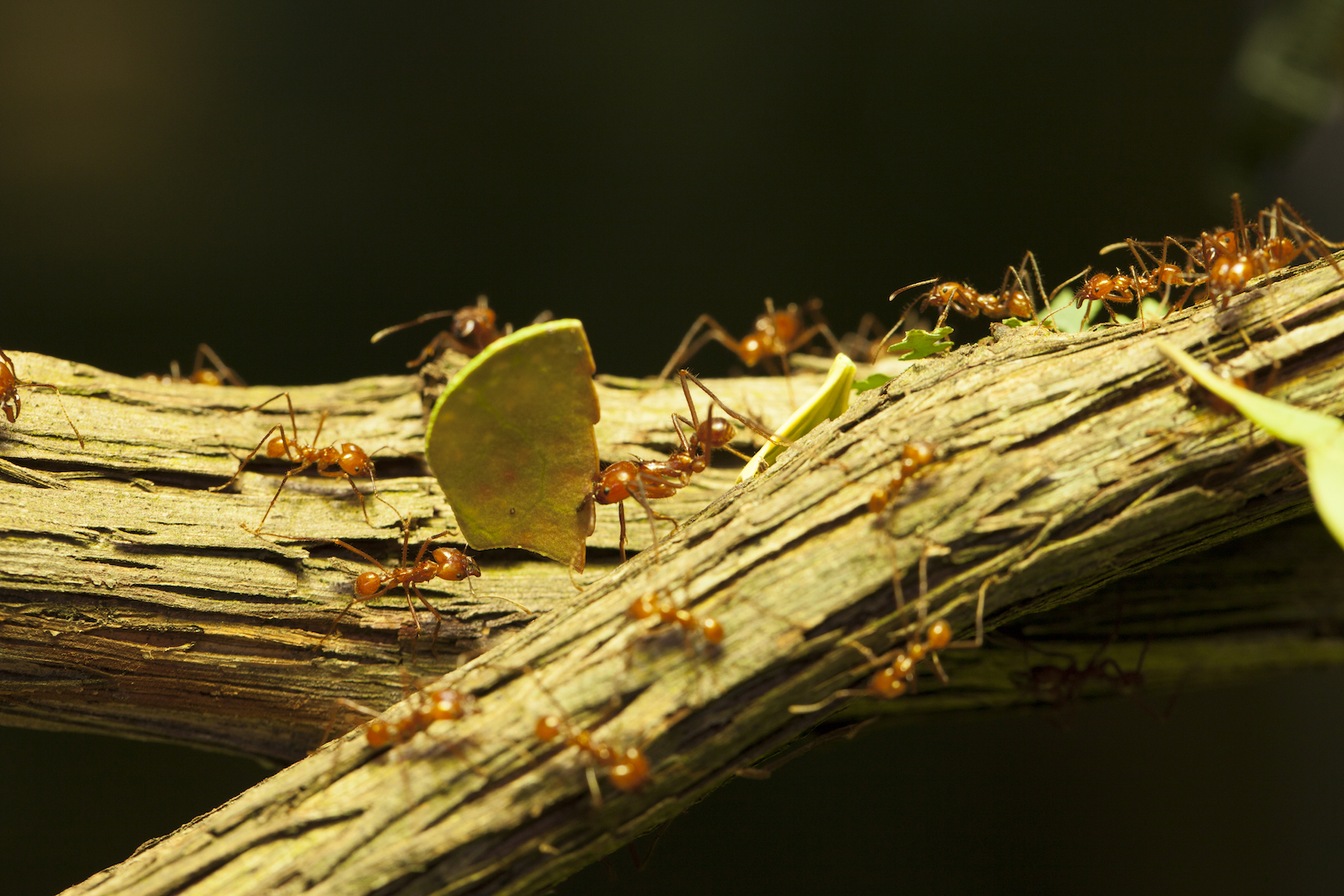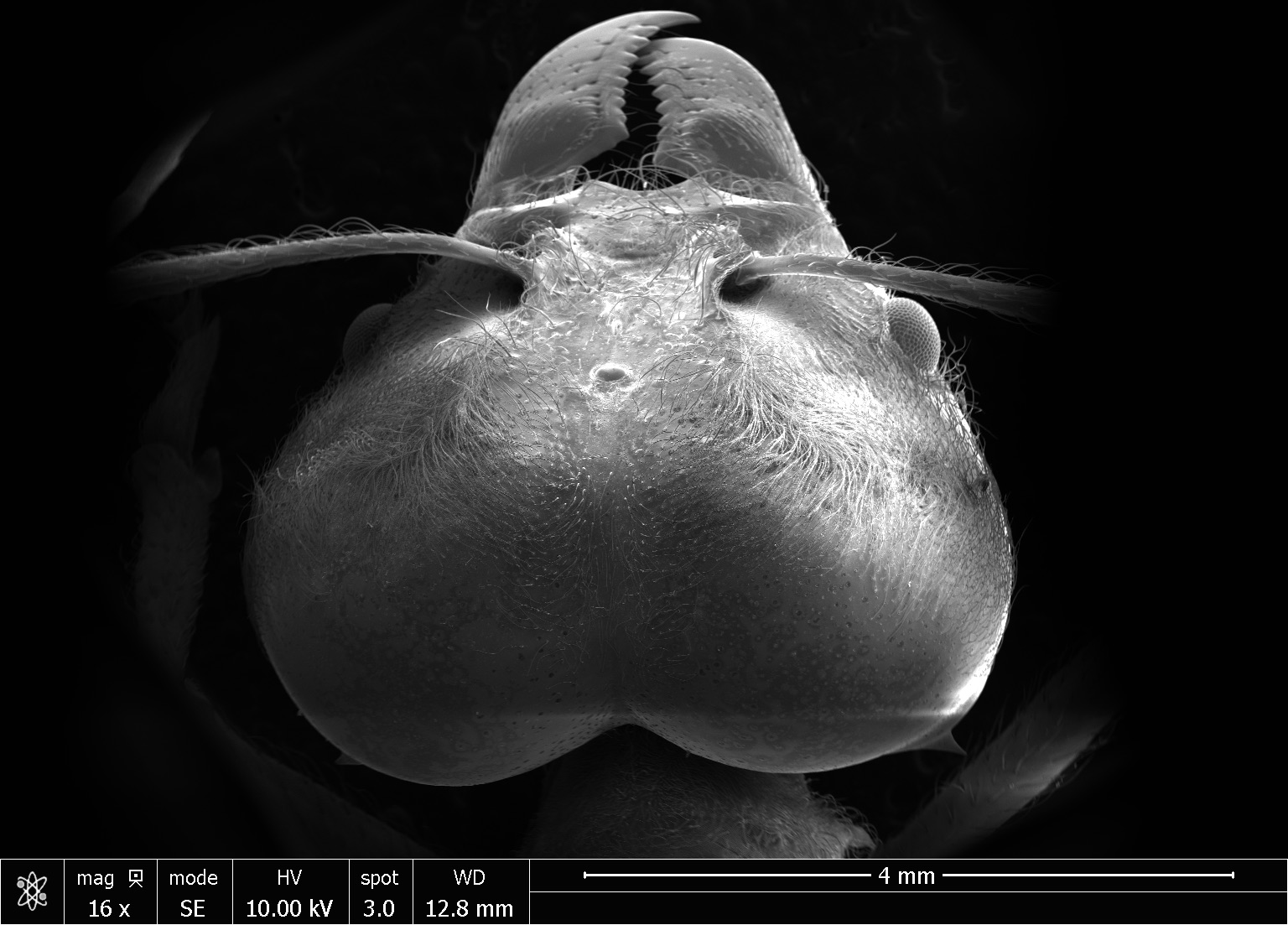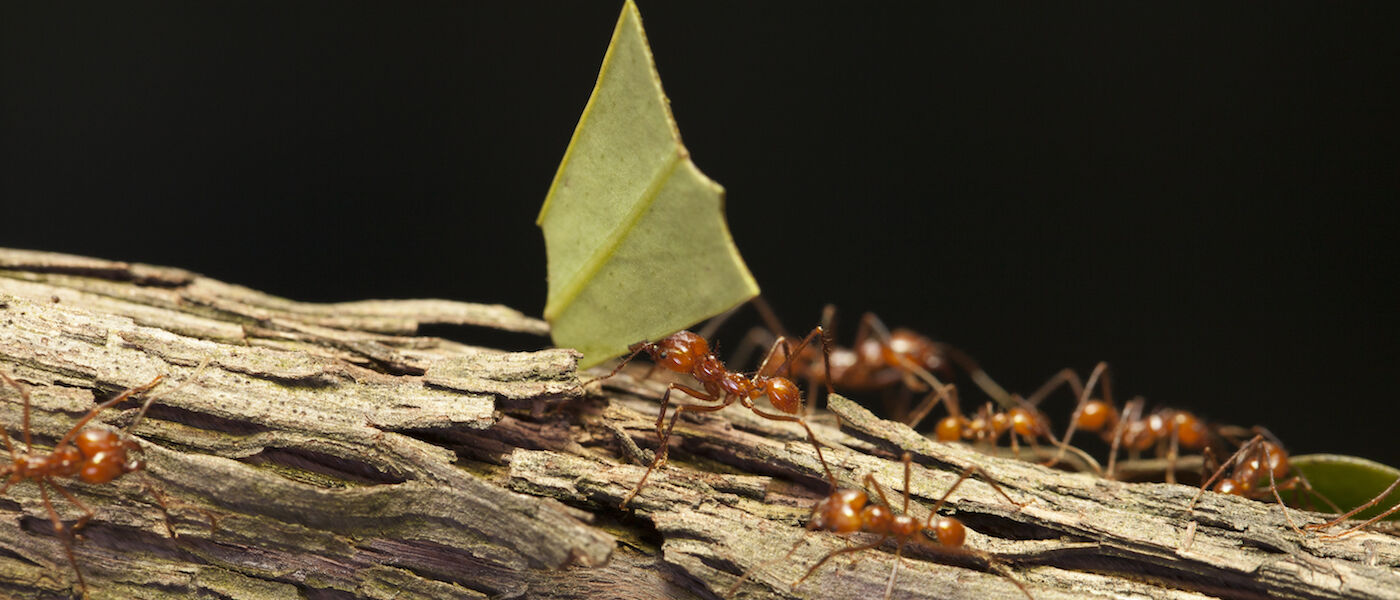University of Pennsylvania researchers explore genetic differences via LSC’s complex leaf-cutter ant colony
Identical twins originate from a single egg and share a genetic code. So given their fundamental similarity, why does one twin not acquire the same diseases as her genetically identical counterpart? And what explains the differences in behavior and metabolism among twin pairs?
These complex biological questions have led a team of researchers from University of Pennsylvania to Liberty Science Center over the last year to study...our leaf-cutter ants!

That’s right—LSC’s leaf-cutter ants! But why them? And how can they help solve these mysteries?
It’s because leaf-cutter ants, Atta cephalotes, have an extremely complex caste system, says researcher Balint Z. Kacsoh, PhD, postdoctoral fellow.
Castes are composed of highly related sibling groups in a colony. One individual, the queen, reproduces while subgroups called castes do other jobs: tend offspring, forage, or protect the nest. Thus, each caste has its own job in the colony. But despite a largely identical genome, leaf-cutter colony members display vastly different reproductive and behavioral phenotypes, or observable characteristics. This makes them the ideal species for studying extremely complex social systems.
“Our collaboration with Liberty Science Center provides an exciting opportunity to a new and experimental paradigm to investigate the role of gene regulation, social influence, and epigenetic pathways in a phenotypically plastic system at the organismal level,” Kacsoh says. (Epigenetic factors are variables that affect the expression of an organism’s genetic traits without affecting its underlying DNA.) “The question we are trying to address: ‘What epigenetic factors regulate these differences and what are the subsequent phenotypic changes?’”
In their research so far, Kacsoh and his team have observed eight distinct worker castes in our ant colony and made detailed observations of their behaviors. Via high-quality scanning electron microscopy imaging and quantification of each of these castes, the team will soon identify genes that define each of these castes and their behaviors.

“This is the first time such behavior has been deeply defined,” Kacsoh says. “We have also identified physical and physiological features that define each and every caste. Finally, we are beginning to identify genetic differences between castes.”
The team’s next step is to perform several molecular experiments to analyze genes and DNA of each caste of the ants.
“To do this, we will return to LSC and collect more samples of tissue from each caste,” Kacsoh says. “It is important to collect samples from colonies that have a healthy queen, as in LSC’s colonies. We are also excited to further provide more images in our outreach partnership with LSC, making epigenetics and ant research more accessible to those of all ages.”

Thank you to Kacsoh and the entire research team for bringing this work to Liberty Science Center. We can’t wait to follow all the amazing updates!
Guests can visit the leaf-cutter ants any time at Liberty Science Center. They live on the third floor in our Wild About Animals exhibition, along with the equally fascinating naked mole rats, cotton-top tamarin monkeys, and so many more species.
The full research team:
- Shelley Berger PhD; Daniel S. Och University Professor, Departments of Cell & Developmental Biology; Biology; Genetics; Director, Epigenetics Institute; Co-Leader, Tumor Biology Program, Abramson Cancer Center
- Balint Z. Kacsoh, PhD, postdoctoral fellow
- Michael Gilbert, PhD candidate
- Cristina Brady, lab manager
